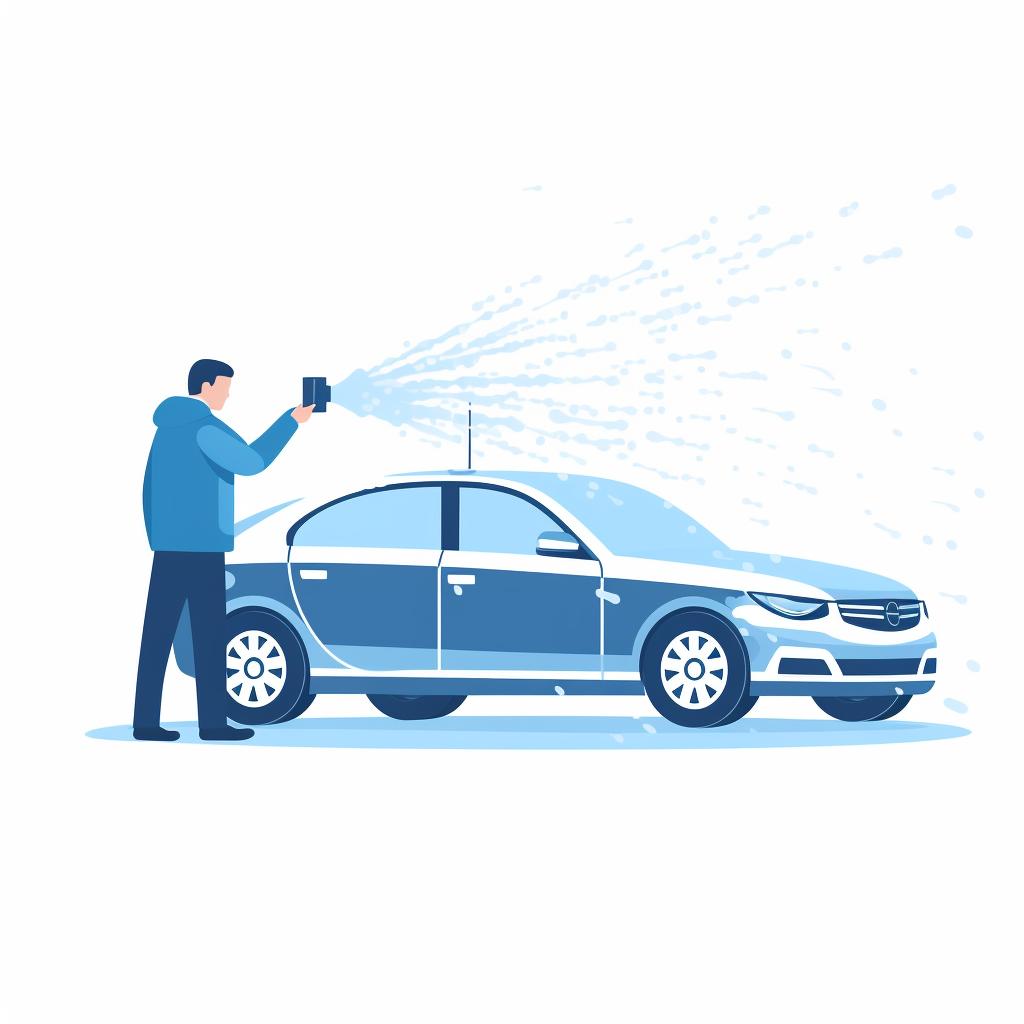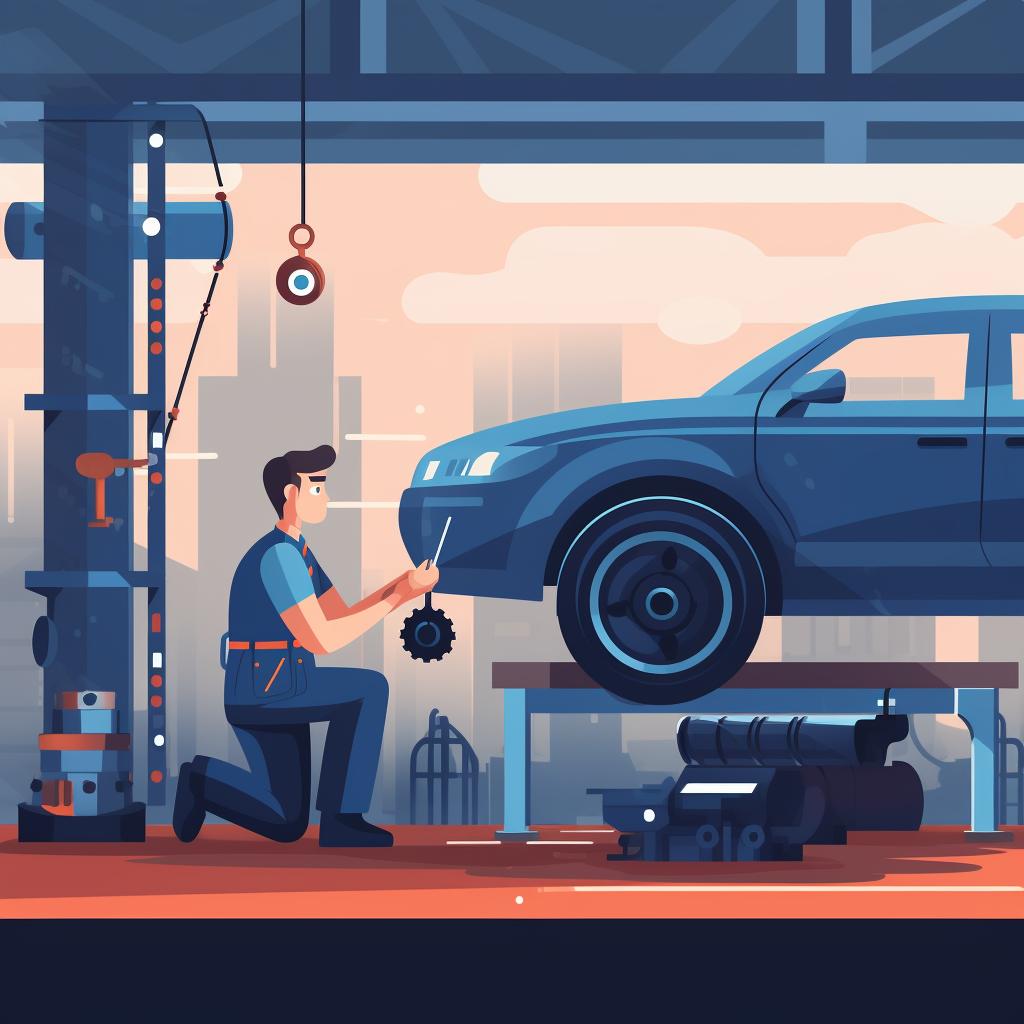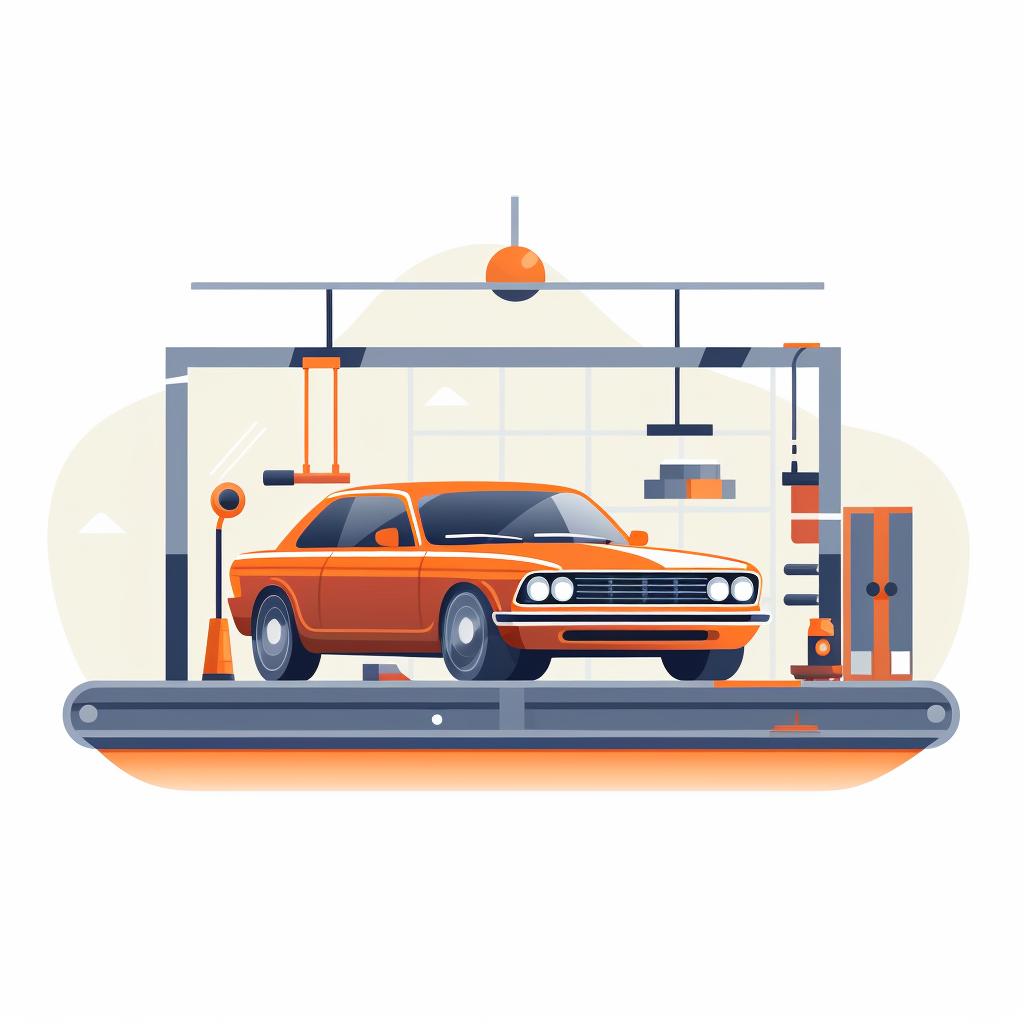Darryl is a seasoned mechanical engineer with a deep-seated interest in automobiles and driving. His professional journey includes designing and testing a multitude of car safety mechanisms, such as blind spot monitors and collision alerts. Renowned as an authority in the realm of automotive safety, Darryl takes pleasure in imparting his expertise to others.
Weather conditions can significantly affect the functionality of car safety features like blind spot monitors and rear cross traffic alerts. These features rely on sensors that can be influenced by various weather elements such as rain, snow, fog, and even extreme heat. Understanding how these conditions impact your vehicle's safety features will help you drive more safely and effectively.
For a better understanding of advanced driving safety features, take our Advanced Driving Safety Features Quiz. This quiz will test your knowledge on various safety features, including blind spot monitors and rear cross traffic alerts.
If you want to learn more about how to use car safety features effectively in real-world scenarios, check out our guide on How to Use Car Safety Features Effectively in Real-World Scenarios and Solutions.
How Does Mother Nature Play Tricks on Your Blind Spot Monitors? 🌧️🚗
Blind spot monitors work by using sensors, typically radar or cameras, to detect vehicles in areas not easily visible to the driver. However, these sensors can be impacted by weather conditions.
In heavy rain or snow, the accumulation of moisture or snowflakes on the sensor can obstruct its view, causing it to work less effectively. The same applies for mud or dirt that can accumulate during such weather conditions. In foggy conditions, the reduced visibility can also cause the sensors to have difficulty in detecting other vehicles.
To learn more about how blind spot monitors work, you can read our article How Do Blind Spot Monitors Work.
If you are interested in understanding the benefits and limitations of blind spot monitors, you can take our quiz Understanding Blind Spot Monitors and Rear Cross Traffic Alerts Quiz.
For effective use of blind spot monitors and rear cross traffic alerts, check out our guide Effective Use of Blind Spot Monitors and Rear Cross Traffic Alerts.
Impact of Weather Conditions on the Efficiency of Blind Spot Monitors
Can Climate Changes Play Hide and Seek with Your Rear Cross Traffic Alerts? ❄️🚘
Similar to blind spot monitors, rear cross traffic alerts use radar sensors to detect vehicles approaching from the sides when you're backing up. These sensors, located at the rear of the vehicle, can also be affected by weather conditions.
In heavy snow or rain, the sensors can become obscured, reducing their ability to detect approaching vehicles. In extremely cold temperatures, the functionality of these sensors may also be compromised. On the other hand, in high heat, the sensors can become overheated, causing them to malfunction or shut down completely.
For a better understanding of the benefits and limitations of blind spot monitors and rear cross traffic alerts, you can take the Understanding the Benefits of Blind Spot Monitors and Rear Cross Traffic Alerts Quiz.
To learn more about how to effectively use blind spot monitors and rear cross traffic alerts, check out our Effective Use of Blind Spot Monitors & Rear Cross Traffic Alerts Guide.
Impact of Weather Conditions on the Efficiency of Rear Cross Traffic Alerts
Is Weather the Invisible Saboteur of Your Collision Warnings? ☔🚙
Other collision warning systems, such as forward collision warnings and automatic emergency braking systems, can also be affected by weather conditions. These systems often use a combination of radar, cameras, and lidar (light detection and ranging) to detect potential obstacles. Heavy rain, snow, or fog can disrupt these signals, reducing the systems' accuracy and effectiveness.
Learn more about collision avoidance systems and how they work.
Curious about the reliability of collision warnings? Find out here.
How Can You Outsmart the Weather to Keep Your Car Sensors Sharp? ☀️🚗
While you cannot control the weather, there are steps you can take to mitigate its impact on your vehicle's safety features.
Here are some practical steps you can take to ensure your vehicle's safety features, such as blind spot monitors and rear cross traffic alerts, continue to function optimally, regardless of the weather conditions:
Learn more about 🚗 Maintaining Optimal Functionality of Car Sensors in Varying Weather Conditions or discover other Driver Pals guides.
By following these steps, you can mitigate the impact of weather on your vehicle's safety features and ensure a safer driving experience. Now, let's conclude our discussion.
Wrapping Up: Are You Ready to Weather the Storm with Your Car Sensors? 🌩️🚘
Understanding the impact of weather conditions on your vehicle's safety features is crucial for safe and effective driving. By being aware of these effects and taking appropriate steps, you can ensure that your vehicle's safety systems continue to operate effectively, regardless of the weather conditions.
For tips on driving safely in bad weather conditions, check out our guide. It provides valuable information on how to navigate challenging weather situations.
If you want to test your knowledge on driving in adverse weather conditions, take our quiz. It's a fun way to assess your understanding and learn more about staying safe on the road.
To enhance your driving skills during adverse weather conditions, we recommend checking out our guide. It offers practical tips and techniques to help you become a more confident and skilled driver in challenging weather.
Understanding Weather Impact on Driving Sensors
Test your understanding of how weather conditions can affect the functionality of blind spot monitors, rear cross traffic alerts, and other car safety features.
Learn more about 🌦️ Understanding Weather Impact on Driving Sensors 🚗 or discover other Driver Pals quizzes.
Remember, while these safety features are designed to assist you, they should not replace attentive driving. Always keep an eye on your surroundings and drive according to the conditions.


















